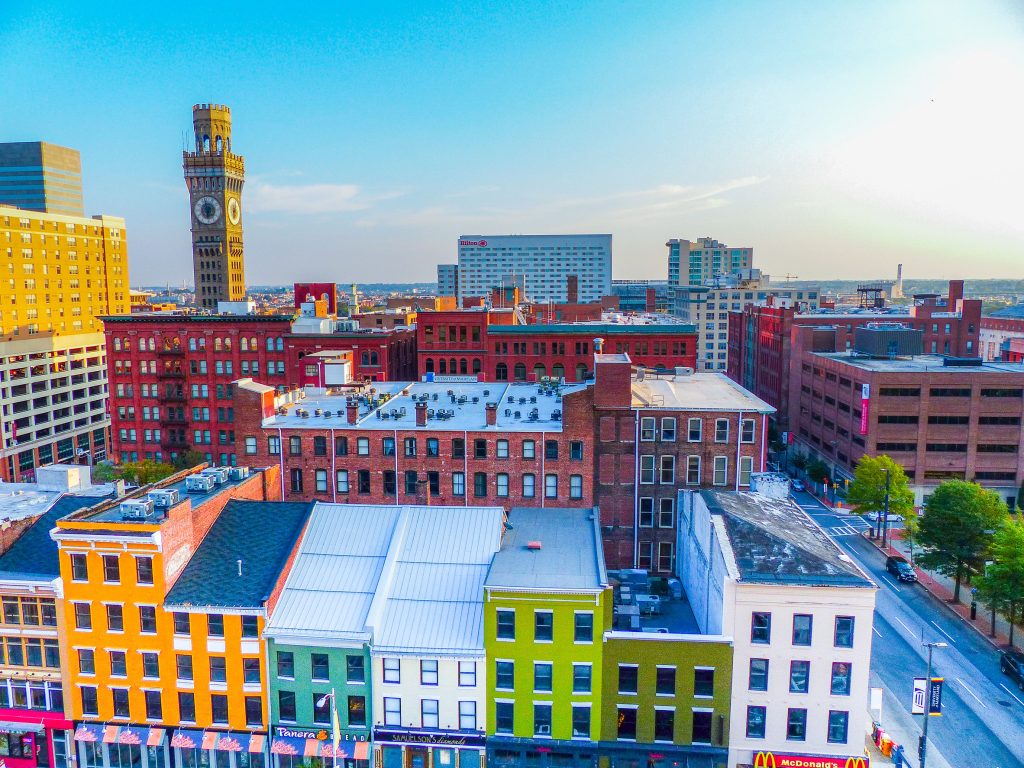
In certain neighborhoods across Baltimore City, it’s not uncommon to find residential properties priced under $100,000—some even listed for as little as $10,000. To first-time investors or investors who are out of the area, these deals can look like once-in-a-lifetime opportunities. After all, how can you go wrong buying a house for less than the price of a car?
At New Funding Resources, we understand the appeal. Baltimore City has large pools of deeply discounted, distressed properties, especially in neighborhoods that have experienced decades of economic disinvestment. But while the price tags may be low, the risks can be high—and, in some cases, far outweigh the upside.
A Flooded Market with Long Hold Times
Baltimore City has thousands of distressed properties sitting vacant or underutilized. The city’s tax sale lists and foreclosure auctions are packed with abandoned rowhomes, fire-damaged shells, and properties with extensive code violations. What this creates is a flooded market in certain areas, where supply far outpaces demand.
Investors often underestimate how long it will take to resell or rent these homes. Even after renovations, marketing times can stretch far beyond what’s typical in more stable neighborhoods. Buyers and renters are cautious, and many are wary of areas with high vacancy rates and declining infrastructure. That means holding costs—such as taxes, insurance, security, and loan interest—can eat away at your bottom line quickly.
Crime and Neighborhood Stability
Another key factor is neighborhood condition. Many of these ultra-affordable properties are located in parts of Baltimore that struggle with persistent crime. This not only affects the desirability of the property but also adds real financial risk. Theft of tools and materials during renovation is common, and some contractors may be unwilling to work in high-crime areas without added security measures—which you’ll need to budget for.
More importantly, crime and blight can scare away your end buyer or tenant. Even with beautiful renovations, your property will still be competing against dozens of others in the same price bracket, often in areas with little upward momentum in terms of economic growth or safety.
Underestimating Renovation and Legal Costs
Properties priced under $100,000 in Baltimore often need major work—think full-gut rehabs with structural, plumbing, roofing, and electrical issues. Many require permitting, lead paint remediation, or upgrades to meet city codes. The renovation costs can easily exceed the purchase price, and unless you have a strong contractor team and local experience, these projects can spiral out of control.
Additionally, some low-cost properties come with legal complications—such as ground rent disputes, back taxes, liens, or title defects. These issues can delay closing, block financing, or limit your ability to sell down the road.
The Financing Challenge
Most conventional lenders won’t touch highly distressed properties, which is why investors often turn to hard money lenders like us. But even private lenders approach Baltimore with caution. At New Funding Resources, we finance many successful projects in the city—but we carefully assess the property, its condition, the investor’s experience, and the surrounding neighborhood before committing. Not every $20,000 deal is a good one, even with cash or fast financing.
Not All Baltimore Deals Are Created Equal
To be clear, there are real estate investment opportunities in Baltimore, and many investors are successfully buying, rehabbing, and reselling or renting out homes in the city. But the key is selectivity. The most successful investors focus on neighborhoods with signs of stabilization—areas where nearby blocks show active renovation, schools and transit access are strong, and buyer demand exists. In other words, they’re not chasing the lowest-priced property—they’re chasing the best value.
Final Thoughts
Baltimore City’s deeply discounted housing stock presents real potential—but only for investors who are experienced, well-capitalized, and realistic about timelines, costs, and risks. If you’re drawn to the idea of buying a house for under $100K, make sure you go in with eyes wide open.
At New Funding Resources, we work with investors across Maryland—including in Baltimore—who are building real, sustainable portfolios. We help fund rehab projects in the right areas and offer guidance to help you avoid the costly traps many others fall into.
Thinking about investing in Baltimore? Let’s talk. We can help you evaluate the deal and offer funding tailored to your project’s true potential.
 New Funding Resources
New Funding Resources 





Leave a Reply